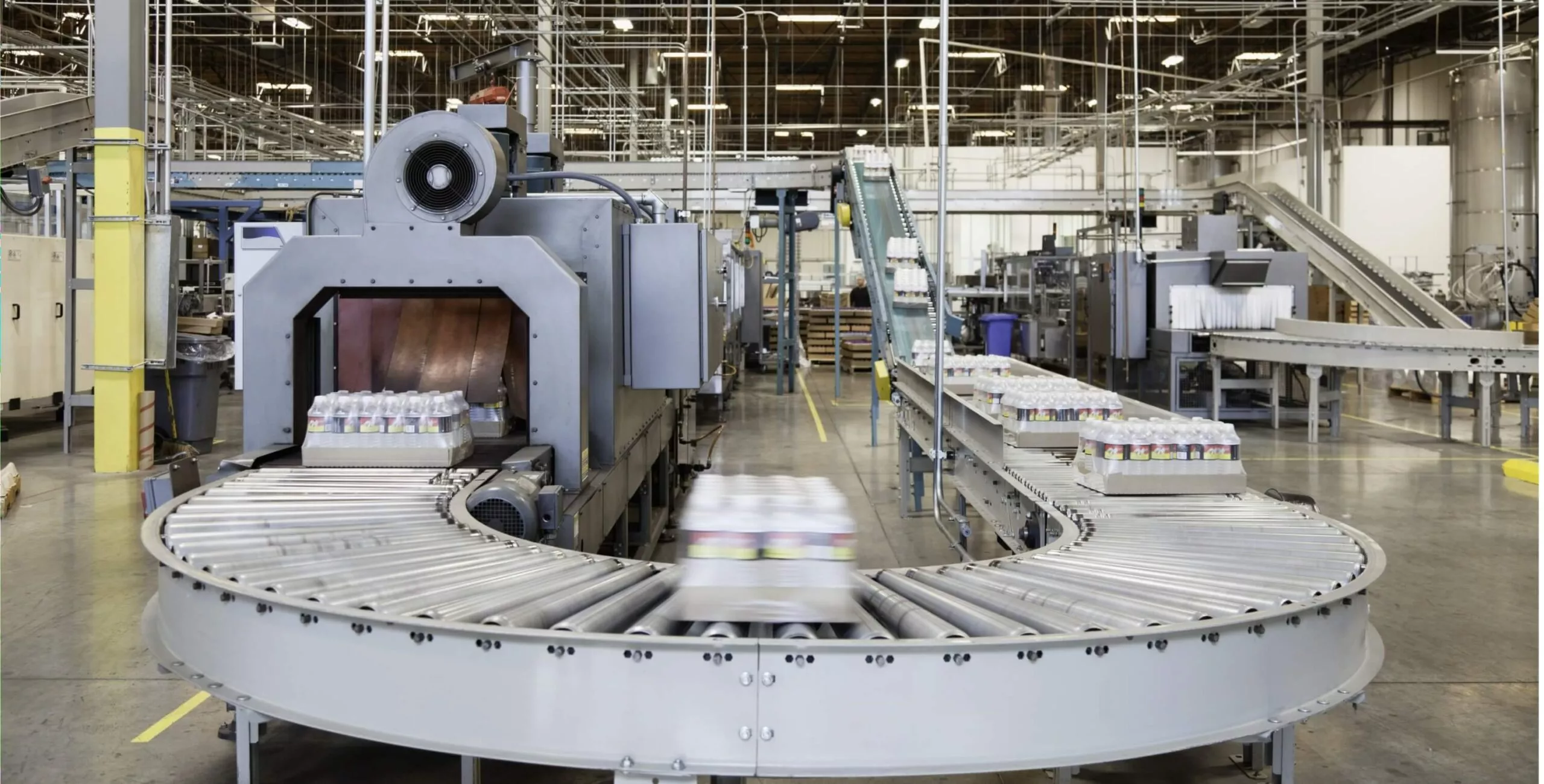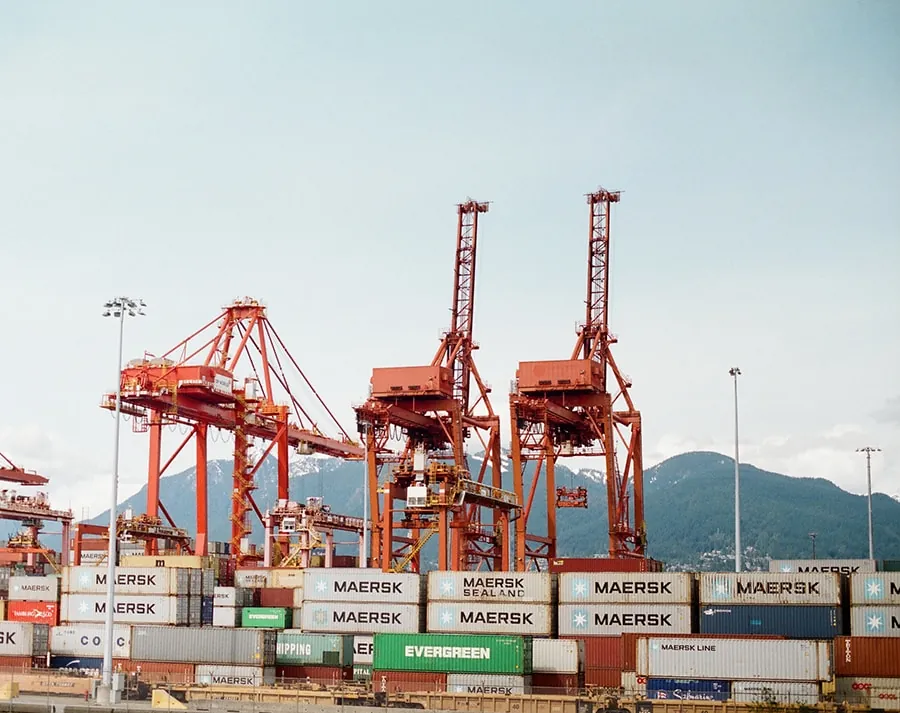The recent advancements in technology have dramatically revolutionized manufacturing processes and procedures. Organizations are now investing in automated software solutions to ensure safety, improve product quality, reduce overhead costs, save time and prevent expensive equipment repairs and replacements. However, even with advanced technological solutions, organizations are failing to prioritize a proactive approach when it comes to preventive maintenance and it results in poor customer service, adversely impacting both production and profits. If you want to improve the reliability of your equipment and boost production performance, here are 6 preventive maintenance mistakes you should avoid:
Omitting Key Infrastructure Equipment from the PM Program
Organizations that do not include vital equipment and machinery in their preventive maintenance programs leave their production facility susceptible to major downtime events. PM schedules should not only include mission-critical machinery but also support infrastructure equipment and components. Periodic PM schedules can efficiently prevent many equipment failures and unplanned downtime while making it much easier to handle random breakdowns.
Failing to Differentiate between PM tasks and Identification of Impending Failures
Most organizations club their PM schedules with failure finding tasks to save time but both these activities vary dramatically and need a dedicated time slot. PM tasks are performed to prevent sudden failures that bring the production process to a screeching halt whereas failure-finding tasks are periodic inspections for determining if a failure has already occurred and fix it or to determine an impending failure and repair the equipment early on. Preventive maintenance tasks enable you to keep expensive repairs and replacements at bay and can be easily automated with the help of preventive maintenance software.
Ignoring the Importance of Clearly Defined User Roles
CMMS software facilitates the creation of user roles and helps in defining access rights as processes and personnel change. Without a CMMS, setting up user roles and determining access rights often falls by the wayside during the implementation process because SOPs undergo modifications, personnel leave, new ones are hired, and old ones are promoted. When processes are not cross-checked with the actual user, intended procedures undergo circumvention and this can invite expensive mistakes. CMMS offers a centralized view of maintenance processes so it becomes easy to keep constant tabs of pending and upcoming PM schedules for optimized equipment performance and longevity.
Disregarding the Human Factor
Ignoring the feedback of a PM personnel who has been assigned a task keeps you deprived of valuable insights that can be efficiently used for optimizing your PM program. So it is important to seek comments and opinions of what was found and needs to be fixed when performing maintenance. The data captured from the feedback of your team can be further analysed for refining PM schedules and correcting unclear steps.
Undermining the Ability of Data
Accurate recording of data enables organizations to take preventive measures in future PM schedules. Improvements can only happen when data is accurately captured on time and applied precisely. The data recorded during periodic PM inspections and regular maintenance tasks can provide you with valuable insights into recurring problems and frequent repairs. Mining this data helps in determining which systems and sub-systems need to be improved and helps in coming up with a PM program that efficiently addresses the issues arising with your existing PM schedules. Asset management software enables you track PM performance accurately so you can keep constant tabs of tasks completed, the number of breakdowns occurred so far, the number of repairs and replacements executed and the number of tasks that are due and also the ones that are still pending. Data helps you prioritize training and tasks and accurately allocate resources.
Underutilization of Automation
Organizations that don’t adapt to advancing industry practices and fail to keep pace with the ever-evolving technology are unable to make optimum utilization of available resources. If you have asset management software but are using only a segment of the capabilities available, it is important to scheduling a training program for maximizing the usage of the system. PM modules have several features that can help you plan your workloads, incorporate stacking groups based on your maintenance calendars, check the status of work orders, filter tasks according to different categories and configure them to match your existing processes and procedures. Consult your service provider and make sure that you are fully utilizing all the features and functionalities of your CMMS so that you can sidestep the blunders and reap tangible returns.
CMMS software has the capacity to transform your preventive maintenance approach and ensures that you avoid unnecessary expenses by capturing important data for informed decision making and automating mission-critical maintenance tasks.





